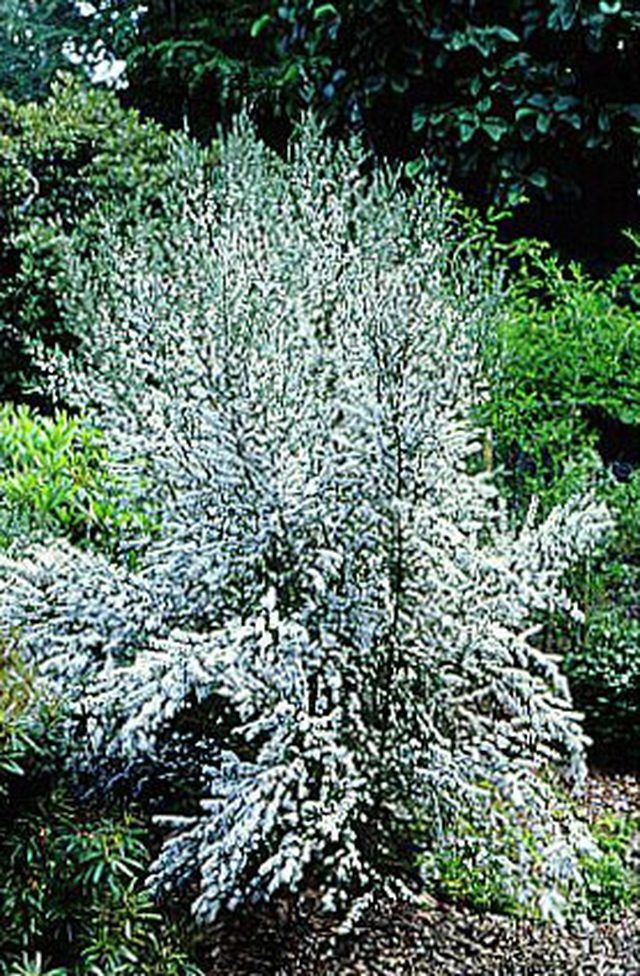Bulbs
Flower Basics
Flower Beds & Specialty Gardens
Flower Garden
Garden Furniture
Garden Gnomes
Garden Seeds
Garden Sheds
Garden Statues
Garden Tools & Supplies
Gardening Basics
Green & Organic
Groundcovers & Vines
Growing Annuals
Growing Basil
Growing Beans
Growing Berries
Growing Blueberries
Growing Cactus
Growing Corn
Growing Cotton
Growing Edibles
Growing Flowers
Growing Garlic
Growing Grapes
Growing Grass
Growing Herbs
Growing Jasmine
Growing Mint
Growing Mushrooms
Orchids
Growing Peanuts
Growing Perennials
Growing Plants
Growing Rosemary
Growing Roses
Growing Strawberries
Growing Sunflowers
Growing Thyme
Growing Tomatoes
Growing Tulips
Growing Vegetables
Herb Basics
Herb Garden
Indoor Growing
Landscaping Basics
Landscaping Patios
Landscaping Plants
Landscaping Shrubs
Landscaping Trees
Landscaping Walks & Pathways
Lawn Basics
Lawn Maintenance
Lawn Mowers
Lawn Ornaments
Lawn Planting
Lawn Tools
Outdoor Growing
Overall Landscape Planning
Pests, Weeds & Problems
Plant Basics
Rock Garden
Rose Garden
Shrubs
Soil
Specialty Gardens
Trees
Vegetable Garden
Yard Maintenance
How to Grow Leptospermum Plants
How to Grow Leptospermum Plants. The Leptospermum is a small shrub that can eventually become a tree, usually never more than 24 feet tall in the oldest of specimens. It includes roughly 80 species belonging to the myrtle family. The majority of them all grow in Australia and are better known as tea trees after the practice early Australian...

The Leptospermum is a small shrub that can eventually become a tree, usually never more than 24 feet tall in the oldest of specimens. It includes roughly 80 species belonging to the myrtle family. The majority of them all grow in Australia and are better known as tea trees after the practice early Australian settlers made of brewing their leaves. The Leptospermum is recognized for evergreen leaves that are simple, sharp-tipped, and small. This is becoming a popular plant in the sub-tropical parts of America thanks to its large red, pink, or white flowers that bloom for ten months out of the year. Here is a guide on how to grow Leptospermums.
Things You'll Need
Water
Miracid Fertilizer
Oversized Pots with Vents
Peat-Heavy Professionally Mixed Soil
Leptospermum Seedling
Because only about 1 of every 100 Leptospermum cuttings or seeds will take root, it is recommended that you buy a Leptospermum seedling.
Repot the seedling as soon as possible, as the Leptospermum has special needs. Fill a pot thatís about twice the size of the one the seedling came in with professionally mixed potting soil with a low pH and high peat moss content. The soil mixture can be too difficult for the average person to make, so it is best to just purchase it.
Carefully place the seedling in the new pot at the same level it was in the old pot. Make sure the roots are not disturbed or damaged during the move, as the plant will die in a few hours if this happens.
Water the soil sparsely every other day. Only use just enough water to dampen the top soil. This genus has a very delicate but efficient root system that needs only a little water to survive. It will die in a matter of hours if it is overwatered.
Place the pot in a window sill that receives direct sunlight all day. The plant can be put outdoors if the average temperature does not drop below 50 degrees Fahrenheit, although an established Leptospermum can occasionally survive temperatures that drop below freezing.
Water down a high-acidity fertilizer like Miracid once every three months and lightly sprinkle it on the soil surrounding the plant. This will burn the leaves, so keep the fertilizer on the soil only.
Repot the plant after about a year. At this time the plant may be big enough to be planted outdoors depending on the species. Most species will be too big to keep indoors after about five years. Regardless of whether it is repotted or planted in the ground, simply keep the soil moist and try not to disturb or stress the plant by trimming it.
Tips & Warnings
The Leptospermum is resistant to many diseases but can go from healthy to dead in a matter of hours if they are overwatered. This genus is very prone to root rot.